 Carter Horsley
Carter HorsleyDec 23, 2011
Carter's Review
The Metropolitan condominium apartment building at 181 East 90th Street on the northwest corner at Third Avenue was designed by Philip Johnson, the dean of American architects in the second half of the 20th Century, and Alan Richie.
The 32-story tower was completed in 2004 and contains 89 apartments.
Schuman, Lichtenstein, Claman & Efron were also architects on the project.
Roy Stillman and Martin S. Levine are the principals of Sherwood Properties LLC, the project's developers.
Bottom Line
This attractive Carnegie Hill condominium tower has large apartments and very good views and is close to numerous restaurants, an excellent hardware stores, a barbershop and not far from a large Fairway food store.
Description
This 326-foot-high tower is purely modern with horizontal banding, dark windows and rounded corners. The two-tone-beige-brick structure is topped by a very nice banded crown with rounded corners that is softly illuminated at night. The building's form is simple, but its soft corners are a nice exception to this area's hard-edged high-rise forms, with the exception of the large curved façade of the Monterey, six blocks to the north.
The 32-story building has a side-street entrance with a marquee and nice retail frontage on the avenue and no sidewalk landscaping.
The tower has two setbacks and was originally called The Carnegie, as it is in the highly desirable Carnegie Hill neighborhood that has many fine private schools, and many cultural and religious institutions.
Amenities
The building has a 24-hour doorman, concierge services from 7:30 AM to 11:30 PM, 24-hour porter service, live-in superintendent and full-time handyman.
It also has a fitness center, a bicycle room, a children’s playroom, and storage. It is pet friendly.
Apartments
Apartment 8A is a two-bedroom unit with a 10-foot-wide entry foyer that leads to a 22-foot-long living room with an open 15-foot-long dining room next to a 8-foot-long kitchen with a 7-foot-long breakfast area.
Apartment 16AB is a six-bedroom apartment with an 18-foot-long entry foyer that leads to a 22-story curved corner living room next to an enclosed 18-foot-long, eat-in kitchen that opens onto an 18-foot-long dining room.
Apartment 9C is a two-bedroom unit with a 23-foot-long entry foyer that leads to a 12-foot-wide gallery that leads to a curved, corner, 20-foot-long living room with a 13-foot dining room/library curved alcove next to an 11-foot-long kitchen with a 12-foot-long dining area.
Apartment 22B is a two-bedroom unit with a 23-foot-long entry foyer that passes a 9-foot-long enclosed kitchen with a 10-foot-long dining area to a curved, 23-foot-living/dining room.
Apartment PH32A is a four-bedroom apartment with a 18-foot-long entry foyer that leads to a 13-foot-long gallery that past a 17-foot-loong eat-in kitchen next to a 19-foot-long dining room next to a 26-foot-long curved living room with a 34-foot-long curved terrace.
History
Philip Johnson’s many famous New York projects included the former A. T. & T. skyscraper on Madison Avenue, between 55th and 56th Streets, the "Four Seasons Restaurant" at the Seagram Building, at 375 Park Avenue, Avery Fisher Hall at the Lincoln Center for Performing Arts, the Bobst Library at New York University, the "Lipstick" office tower at 885 Third Avenue, and part of the Museum of Modern Art complex, where he once served as the director of the department of architecture.
Elsewhere, he was famous for the Transco Tower and the Republic Bank tower in Houston, and many others, including his own glass house, in New Canaan, Conn.
Location
The Metropolitan sits directly across Third Avenue from the mammoth Ruppert Brewery residential complex that has a large park on its eastern half, along Second Avenue.
This was only Mr. Johnson's second high-rise residential tower in New York. The other was 1001 Fifth Avenue, directly across from the Metropolitan Museum of Art, between 81st and 82nd Streets. That limestone-clad building was one of Mr. Johnson's forays into Post-Modernism, and its façade sought to be in context with that of the adjoining luxury apartment house at 998 Fifth Avenue, which had been designed by McKim, Mead & White. The building at 1001 had a mansard-shaped roofline, but it received considerable derision because it was only two-dimensional, much like a movie set.
Mr. Johnson also designed the renovation of the former Gulf & Western Building, at 1 Central Park West, into the mixed-use Trump International Hotel and condominium apartment tower, whose façades are among the sleekest in the city.
The area has many restaurants and there is a wide variety of shopping nearby on 86th Street and Lexington Avenues as well as public transportation.
The east side of Third Avenue in this area is highly developed with many tall towers, but the Metropolitan has few nearby high-rise neighbors on the west side of the avenue, and therefore many excellent views.
The last residential project associated with Mr. Johnson, in the city, was the Urban Glass House at 300 Spring Street, on which Alan Ritchie collaborated.
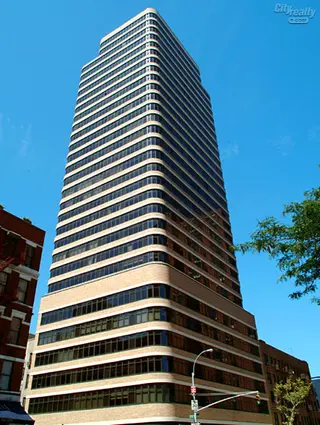
- Condo built in 2004
- 2 apartments currently for sale ($1.65M to $2.795M)
- Located in Carnegie Hill
- 89 total apartments 89 total apartments
- 10 recent sales ($1.4M to $7.4M)
- Doorman
- Pets Allowed
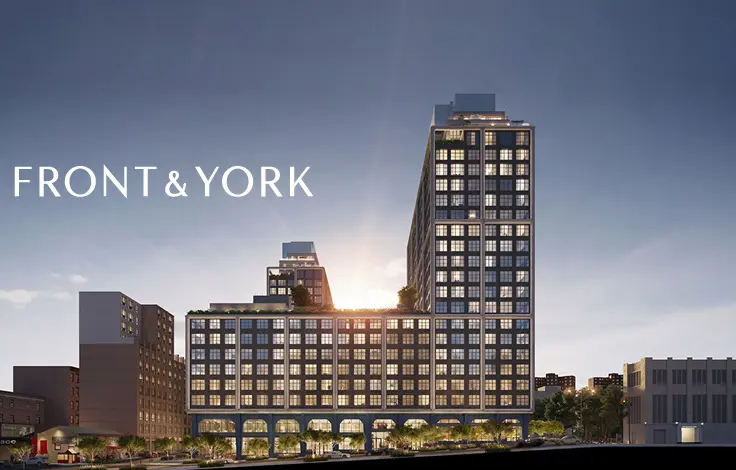
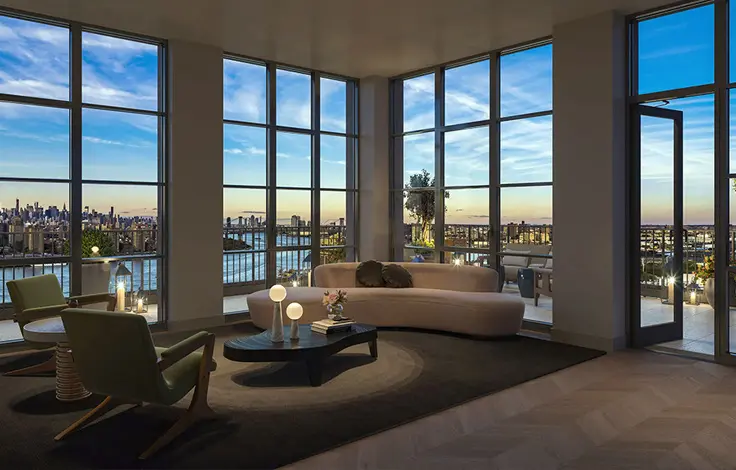

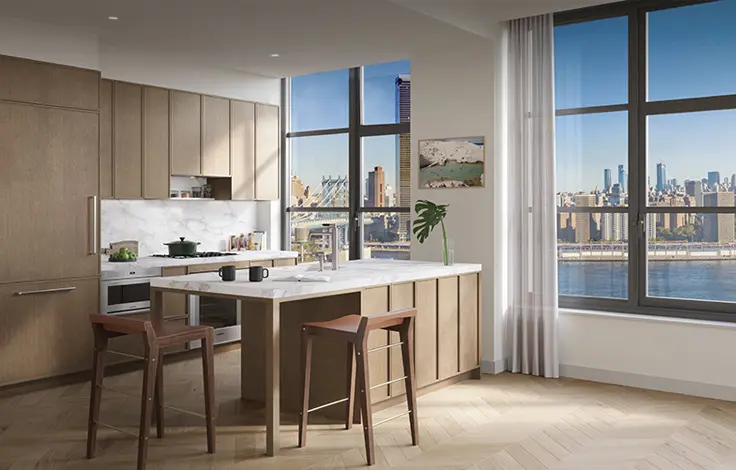
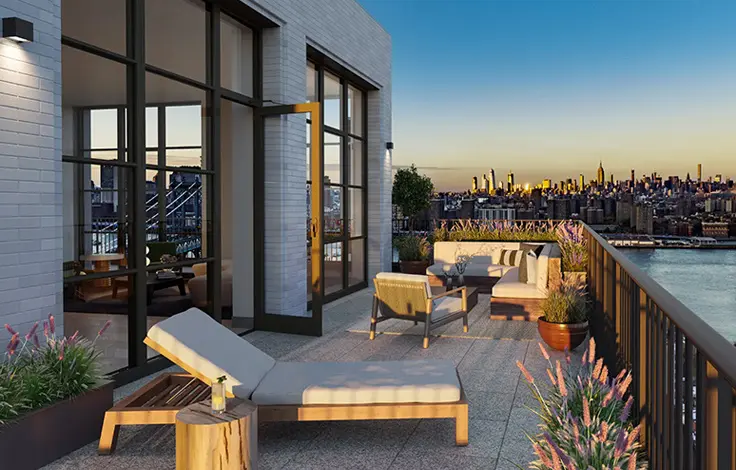
 6sqft delivers the latest on real estate, architecture, and design, straight from New York City.
6sqft delivers the latest on real estate, architecture, and design, straight from New York City.
